We approached the City of Angels from the west, having traveled south from Big Sur on Highway 101, before switching to State Route 1 (i.e. the Pacific Coast Highway) that hugs the Pacific coast and passes through Malibu.
Malibu is not part of LA itself, but being a mere 30 miles west of downtown, it may as well be. The small city (pop: 12,600) is home to many of LA’s rich and famous. The narrow strip of land is sandwiched between the Santa Monica mountains and the Pacific Ocean, and the 27-mile stretch of coastline is blessed with beautiful beaches and a Mediterranean climate.
The original Native American name for the area was “Humaliwo”, which, owing to a silent “hu” became Malibu. The name means “the surf sounds loudly”. The loud surf seems to have attracted surfers of all stripes, particularly at Surfrider Beach. The beach had a major impact on surfing culture in the 1960s, and it’s tapering, smooth, right-breaking waves are recognised as the gold standard for summertime ‘point’ surf. The beach was our first stop.
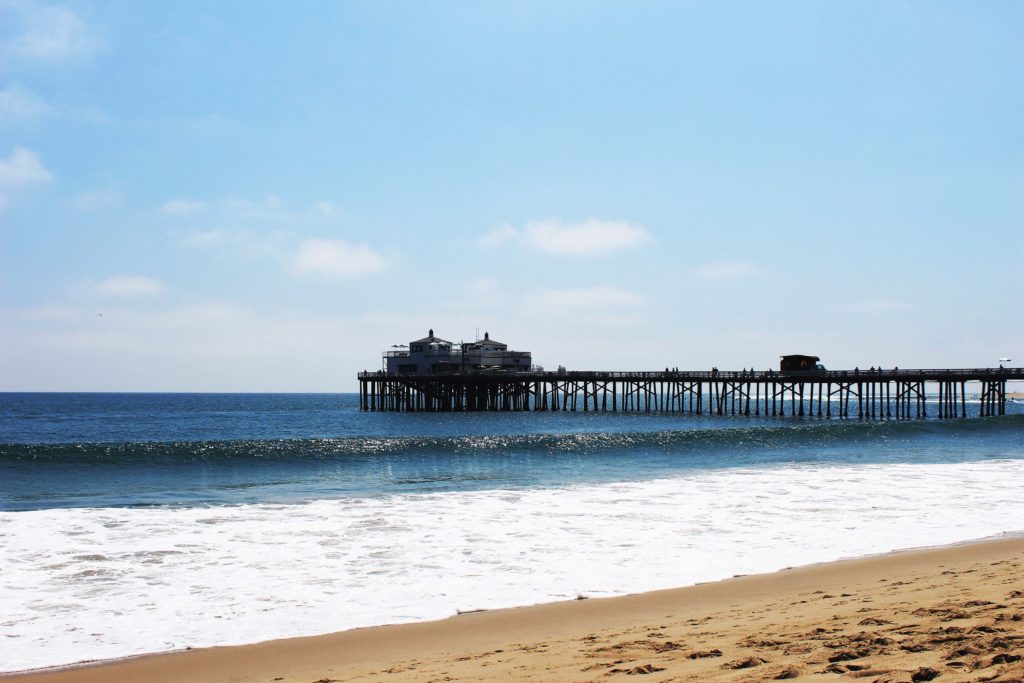
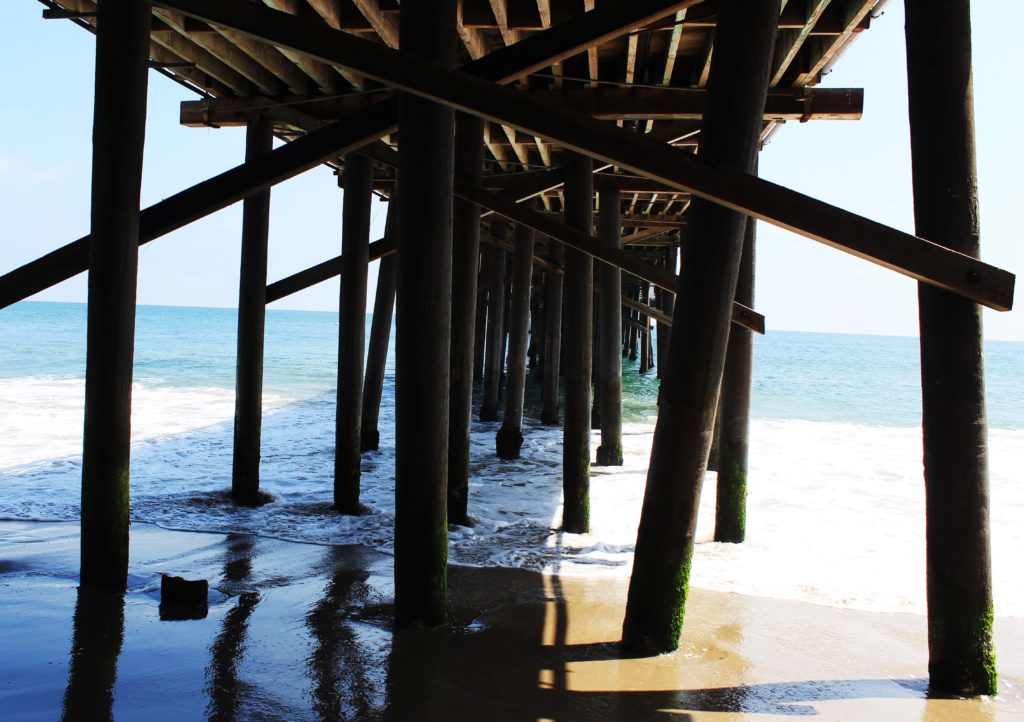
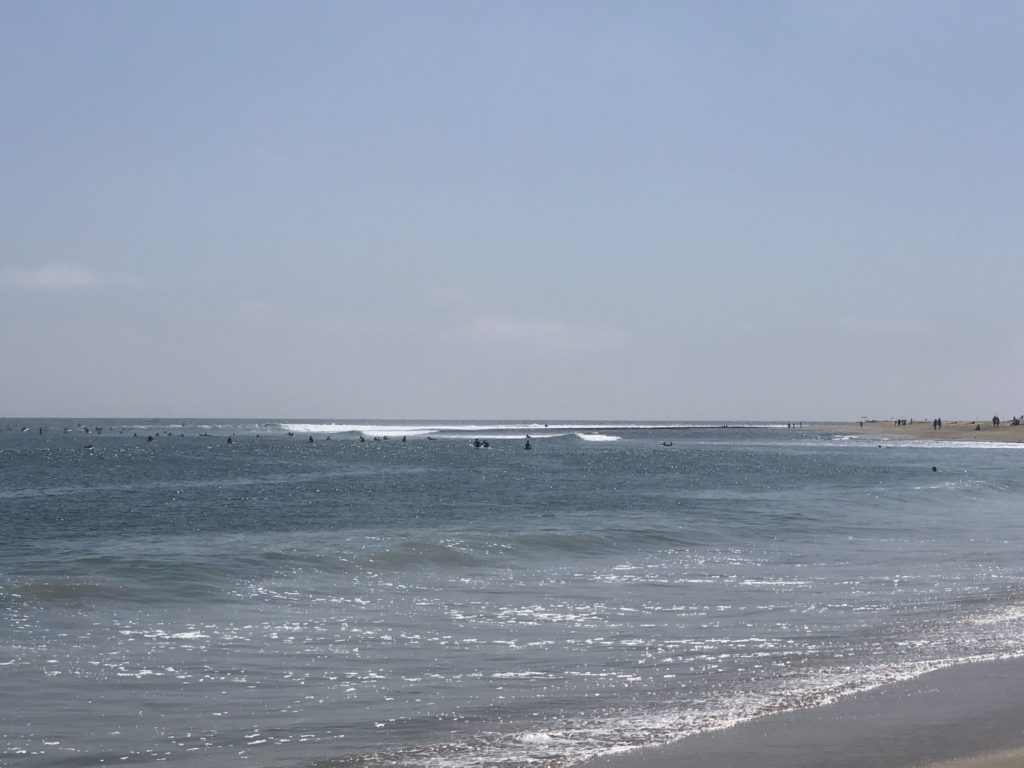
Malibu is definitely an upper class town – fancy cars, stylish buildings, and healthy prices at Ralph’s grocery store in a roadside mall near the beach:
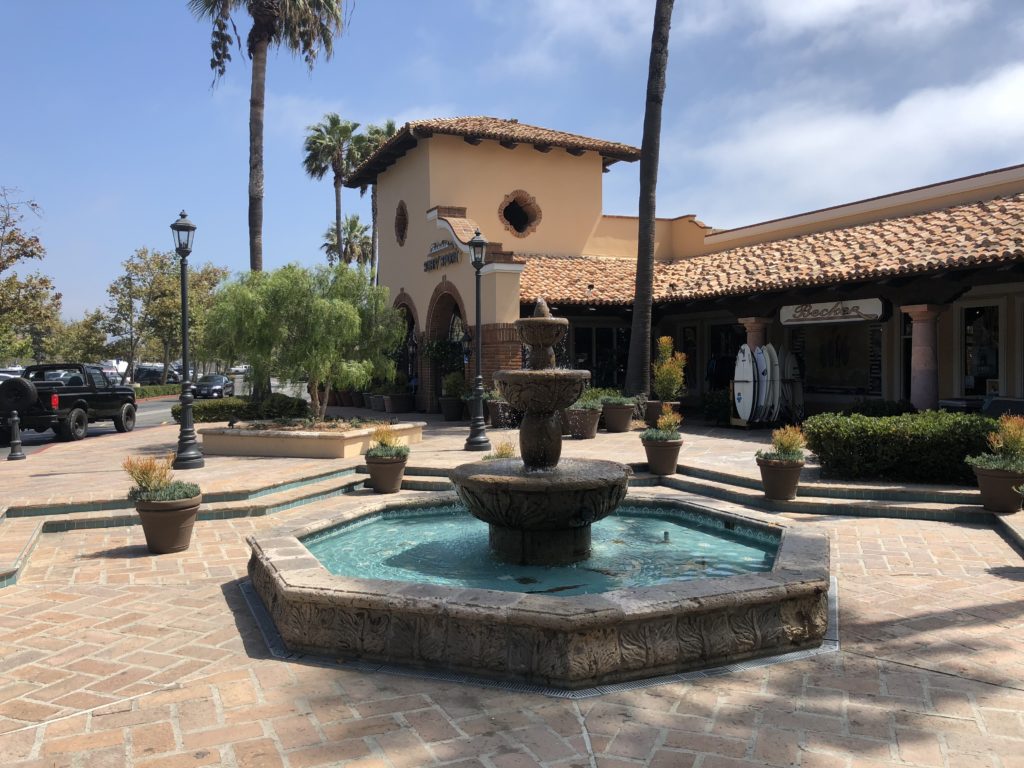
A major problem for Malibu is the traffic on the Pacific Coast Highway – the only major road going from Malibu to LA. One consolation: you get to take in this view while bumper to bumper.

We drove into Los Angeles and headed straight for Koreatown, aka K-town. It’s the most densely populated part of LA, where two thirds of residents were born outside of the United States. Ethnic Koreans make up about 29% of the population. K-town is quite close to downtown LA and has become one of LA’s most popular neighbourhoods, known for its diverse range of restaurants and nightlife options.
We were staying the night with one of Ella’s friends, right in the heart of K-town and were treated to a fantastic home-cooked Korean meal. Ella’s friend is a fantastic cook and we’d been talking about this meal for the prior few weeks (especially while eating tuna from a can at a campsite).
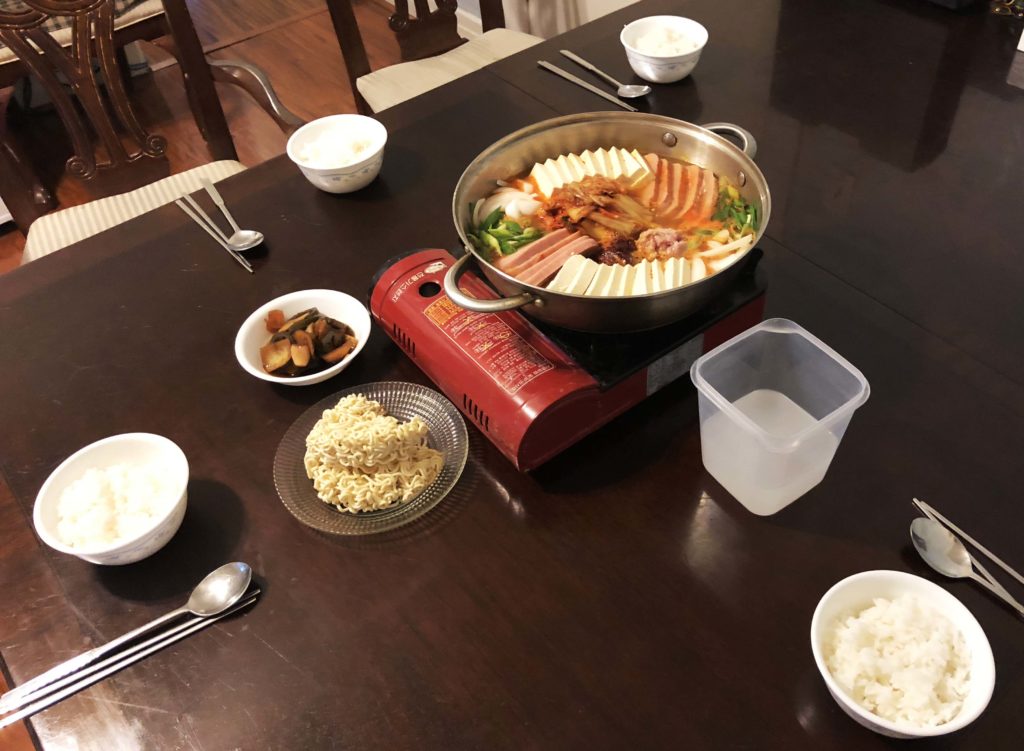
A trip to a Korean supermarket in K-town is like being in Korea. The aisles are packed with genuine Korean brands, and you can find anything you’d want back in SK. It’s amazing.
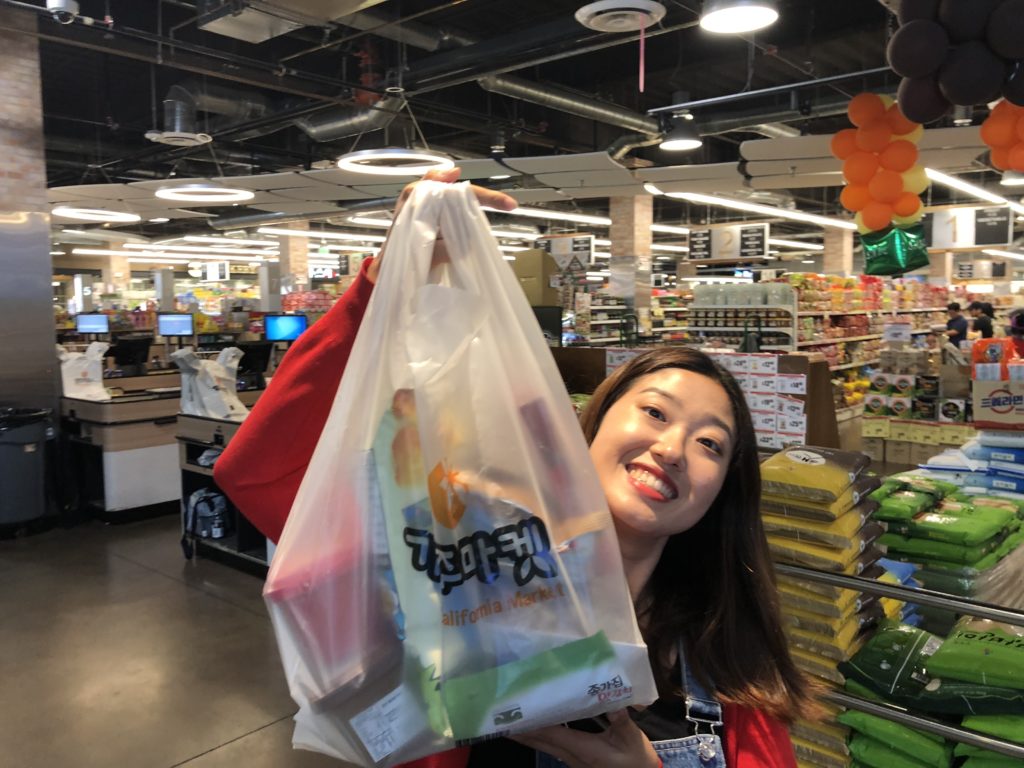
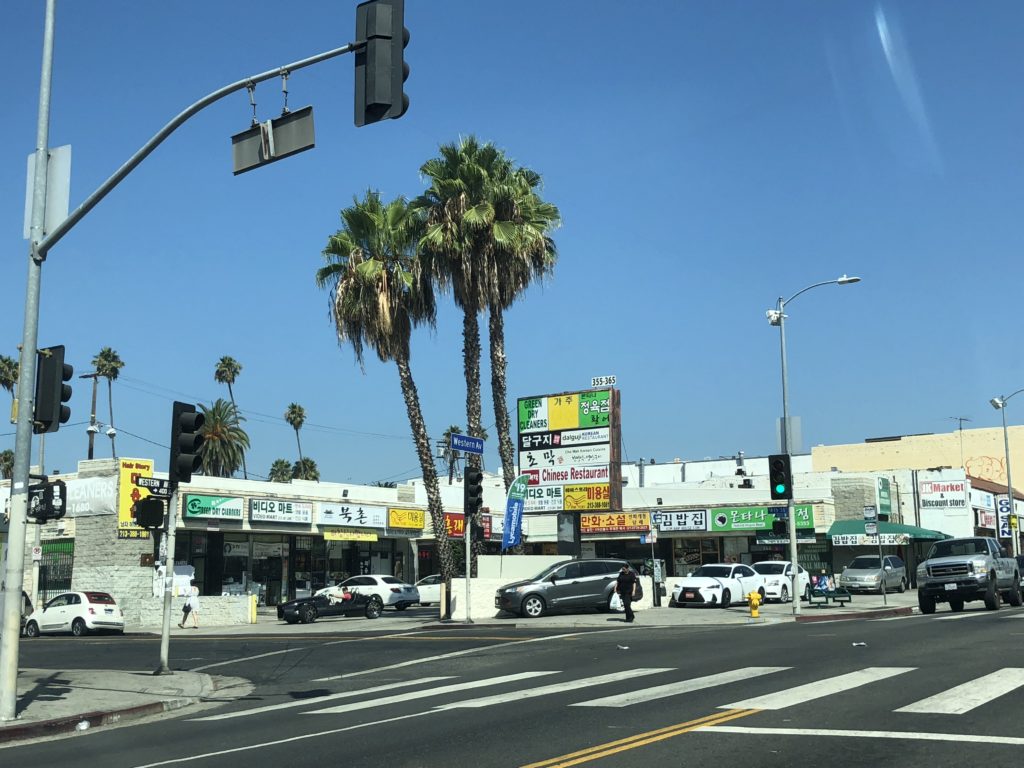
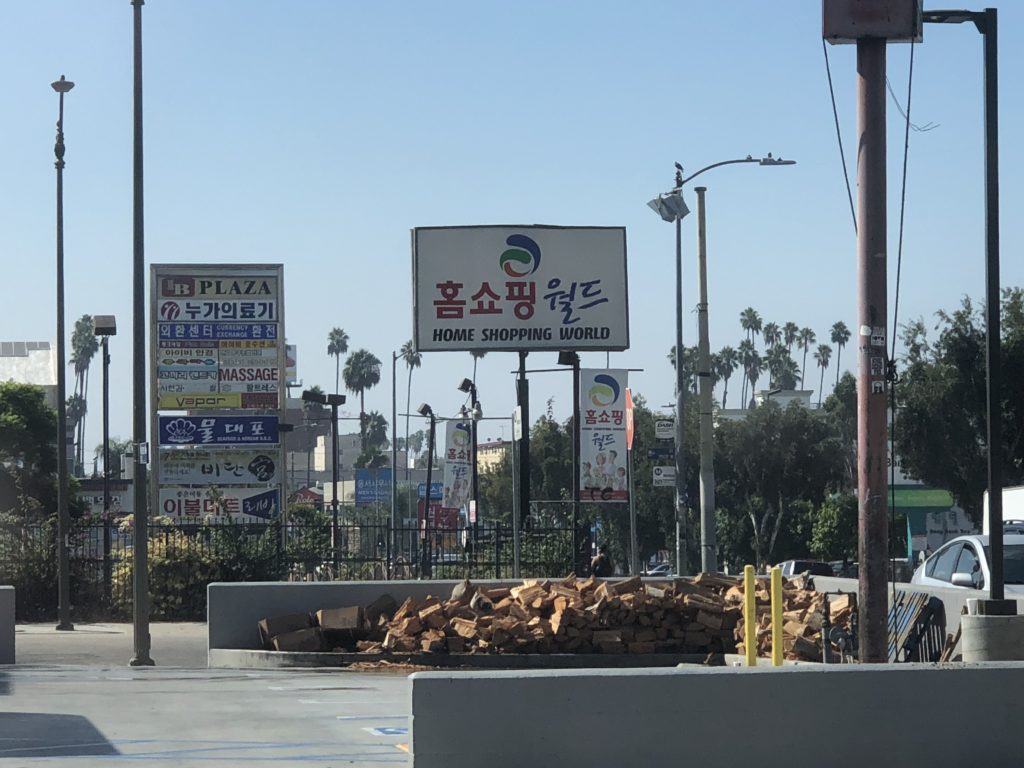
Not far away, perched on the southern slopes of Mount Hollywood, is the Griffith Observatory. It’s located in Griffith Park, a large piece of land donated to the city by a mining magnate, Griffith J. Griffith. We headed up to the observatory to take in the night view, a ‘must-do’ while in LA.
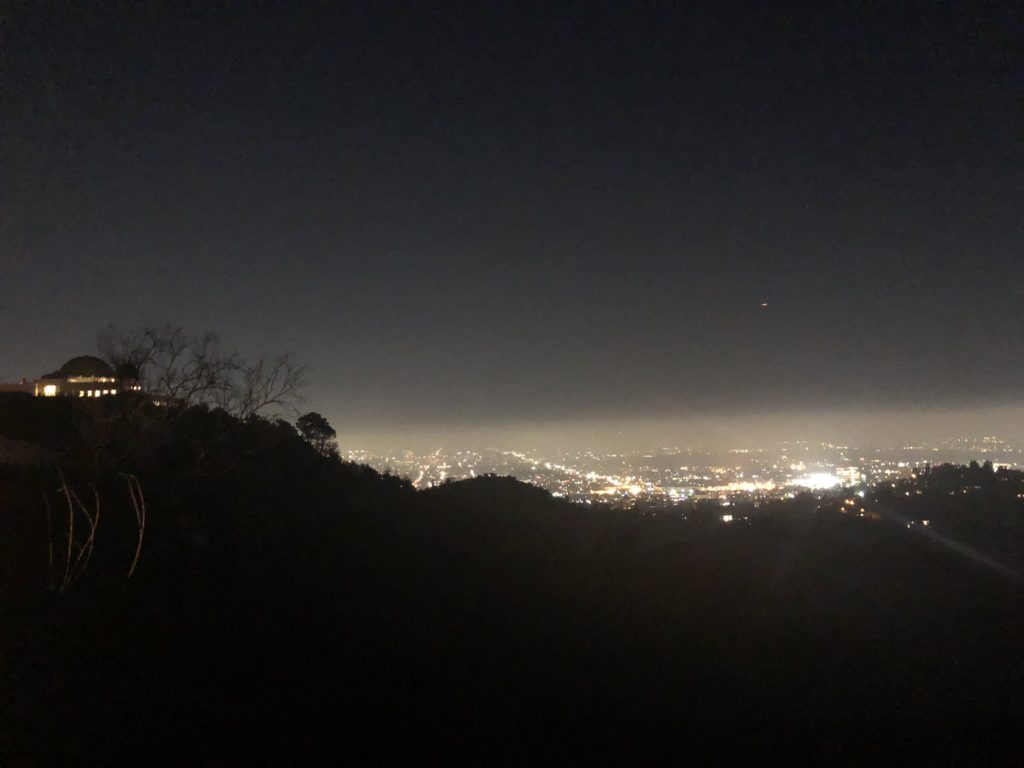
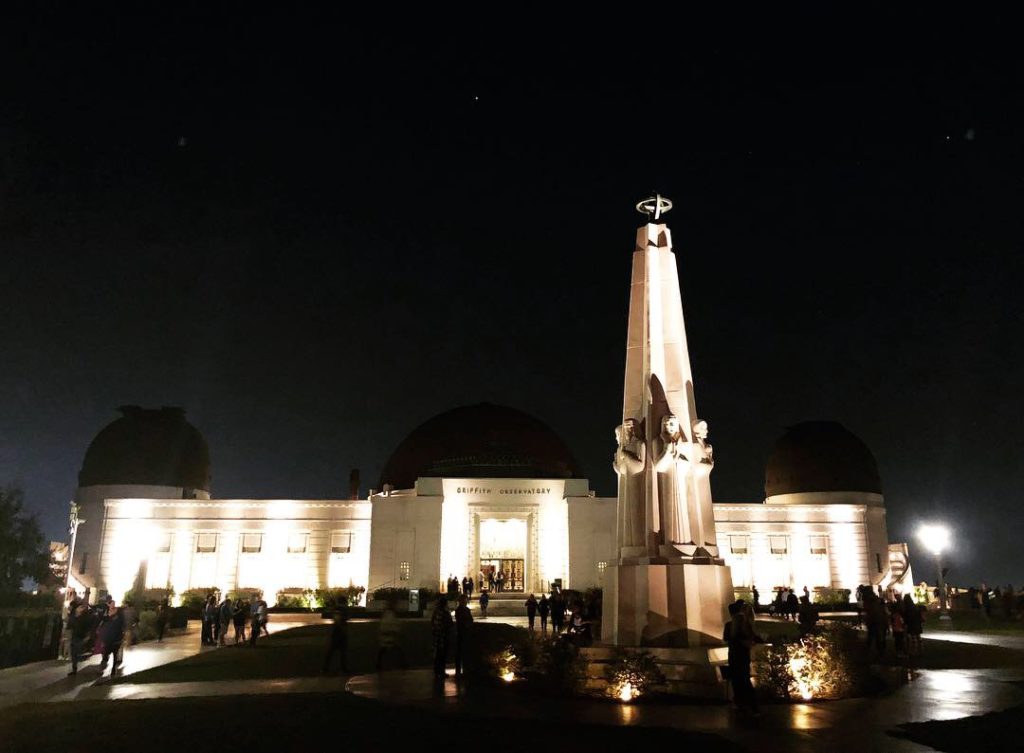
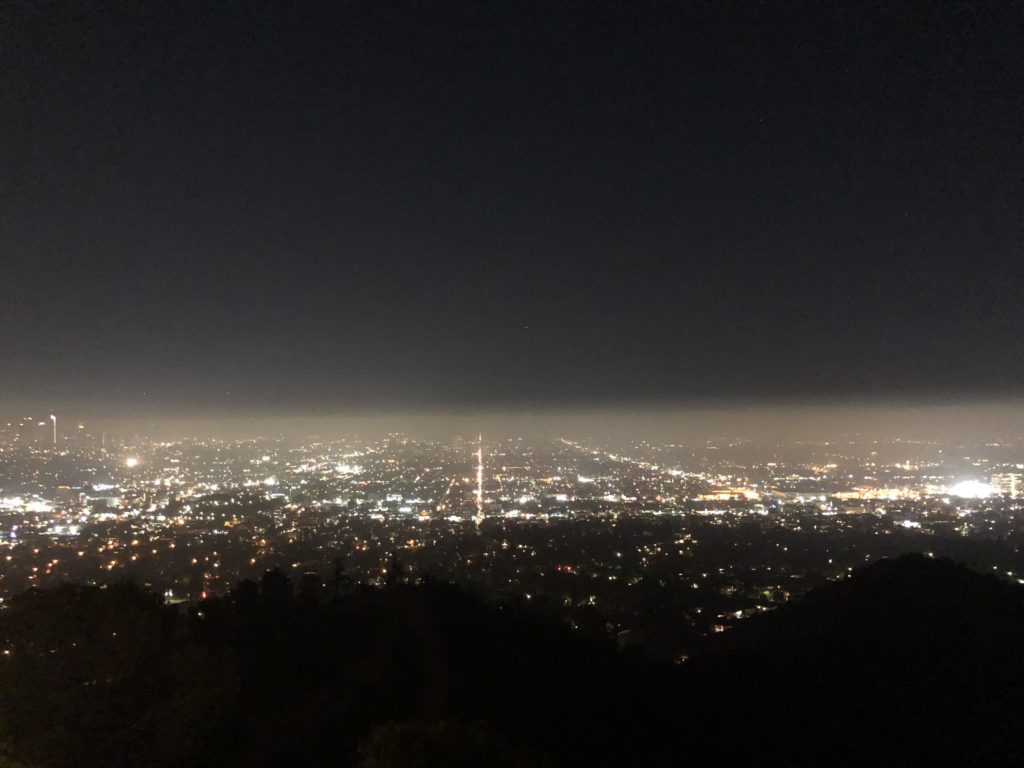
Inside the observatory, there are a host of exhibits on astronomy and scientific phenomena. It’s really impressive and one needs a good few hours to do it justice.
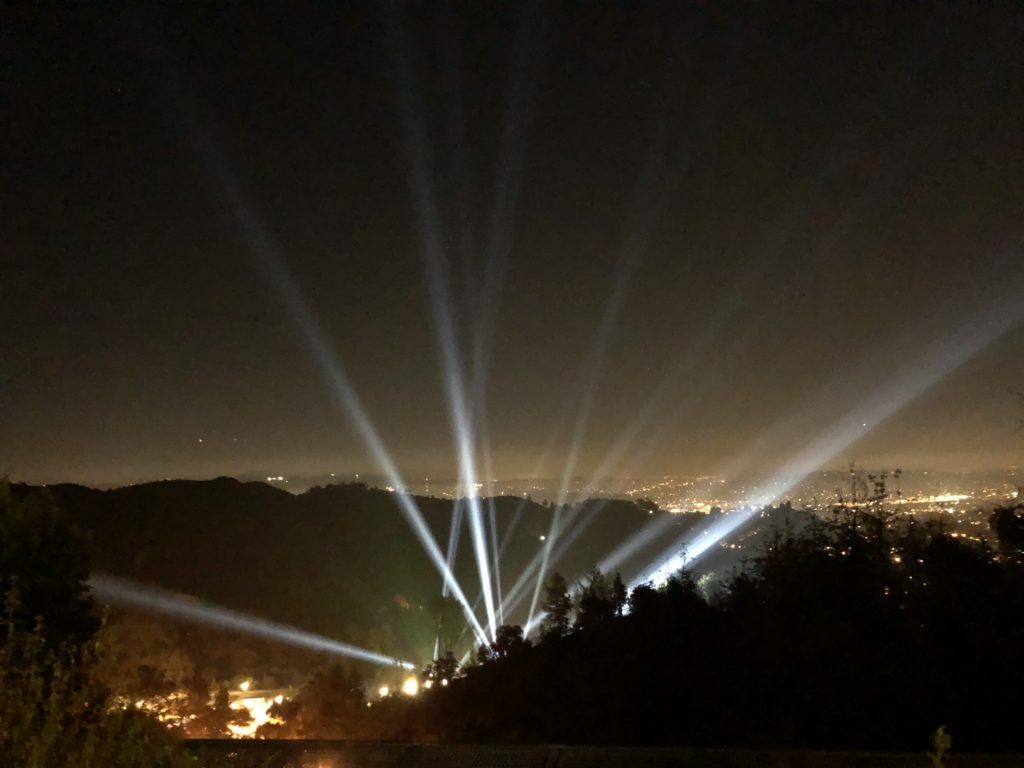
The next stop was Hollywood Boulevard, or a section of it called the ‘Hollywood Walk of Fame’. The Hollywood Chamber of Commerce came up with the idea in 1953 – honoring the best film, television, music, radio, and theatre personalities with their own star permanently set in the pavement of Hollywood Boulevard. The first 1,500 stars were set in the 1960s. Each year, an additional 20-odd stars are added, and the current total is over 2,600. How it works is that an organisation (a production studio, record label, fan club) nominates a name. That person must agree to be nominated, must have at least five years of experience in an entertainment category, and have a history of charitable contributions. On average, about 10% are then accepted by the selection committee established by the Hollywood Chamber of Commerce. The nominating organisation has to pay a fee (currently around $40,000) and it is mandatory that the honoree attend the unveiling of their star in person. Once a star is set, it is never to be removed, as it becomes part of a registered historic landmark.
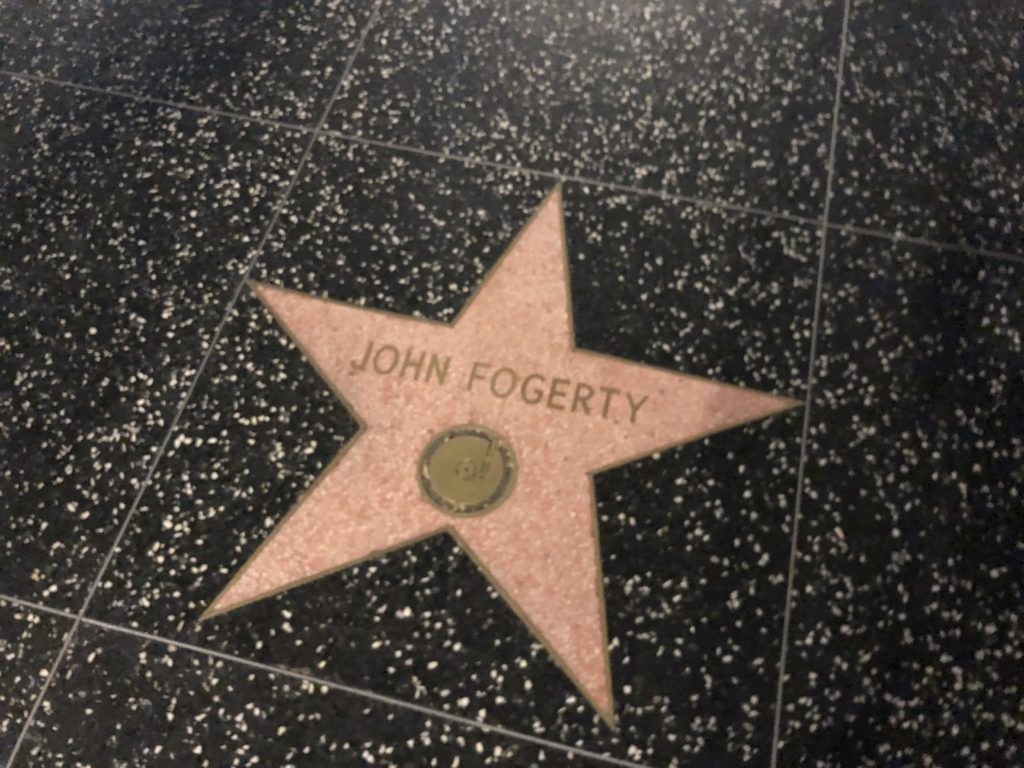
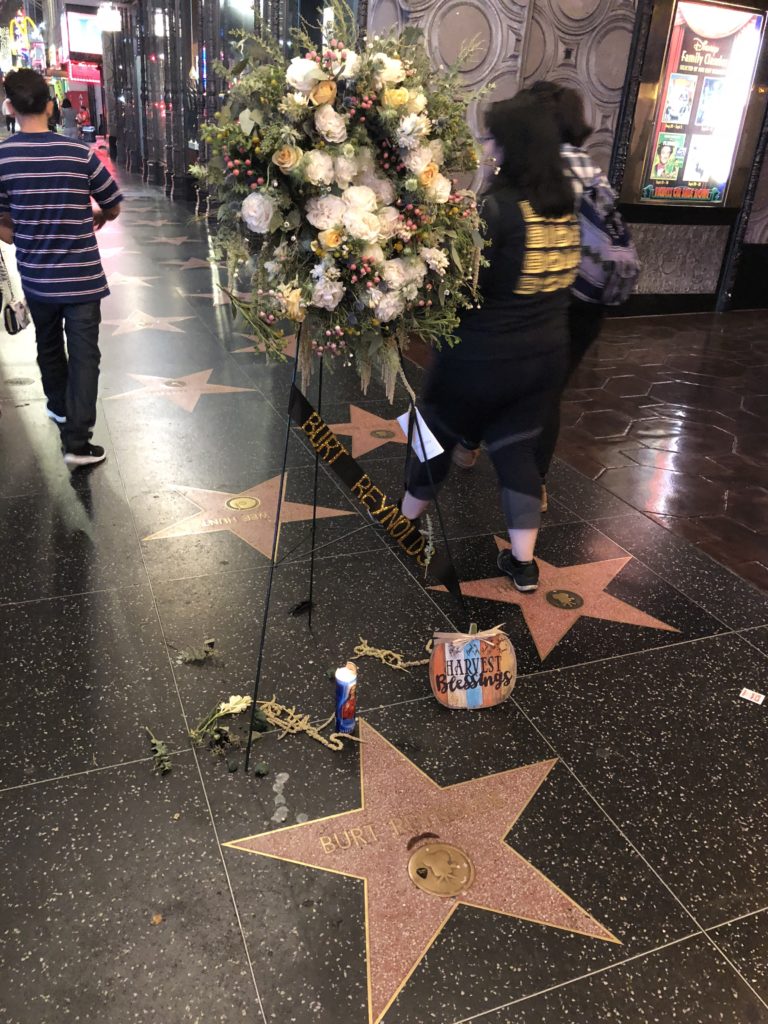
I wanted to figure out how and why Hollywood became Hollywood. The story goes back to the early 1900s, when the prodigious inventor, Thomas Edison, who was also an exceptionally astute businessman, held most of the motion picture patents in a New Jersey company. Filmmakers were often sued to stop their productions. However, one of the country’s thirteen courts of appeals, the ninth circuit, was apparently known to rule against such patent claims. The ninth circuit covered most of southern California. LA quickly developed a burgeoning film industry. Hollywood, a suburb of LA with cheap land and easy access to different settings (mountains, plains, etc.), happened to make a good spot to establish a film studio. The weather was another big draw card. Big names of today – Paramount, Warner Brothers, Columbia (Sony) – were established in this era. By the 1930s, these Hollywood studios had become vertically integrated, controlling production, distribution, and exhibition. Hollywood became ‘Tinseltown’.
There are some great buildings lining Hollywood Boulevard. The Dolby Theatre hosts the annual Academy Awards, aka The Oscars.
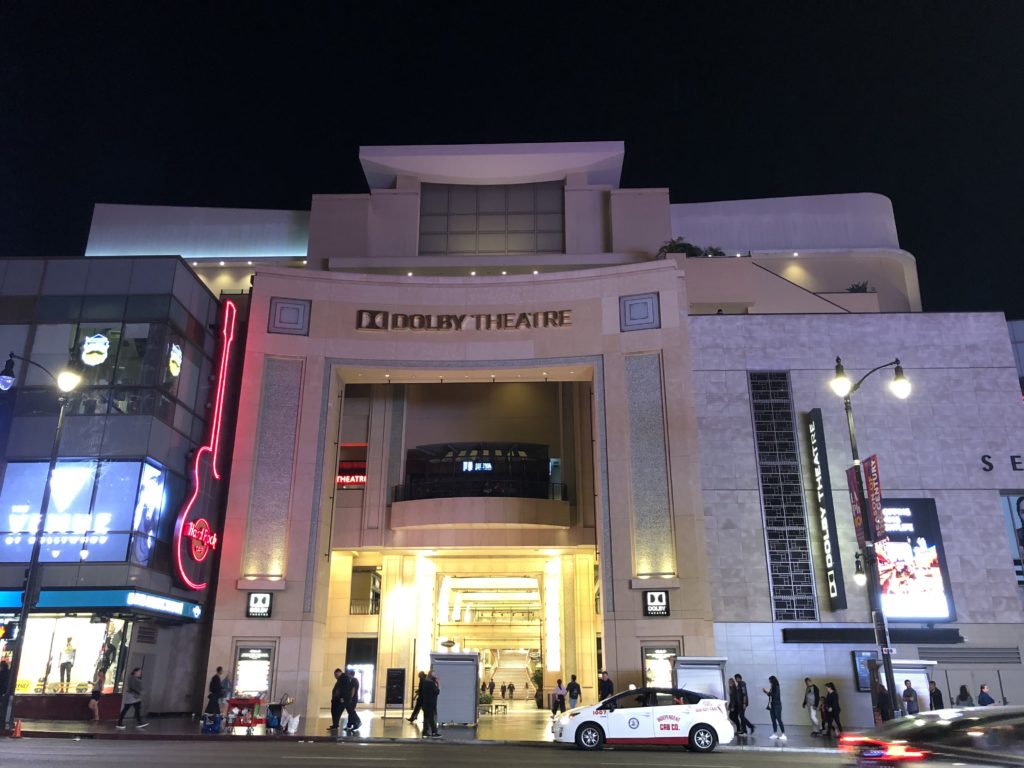
Next door, the historic Grauman’s Chinese Theatre dates back to 1927 and has been home to some historic premieres like the original Star Wars in 1977. It’s the place that celebrities get their handprints and autographs set in concrete.
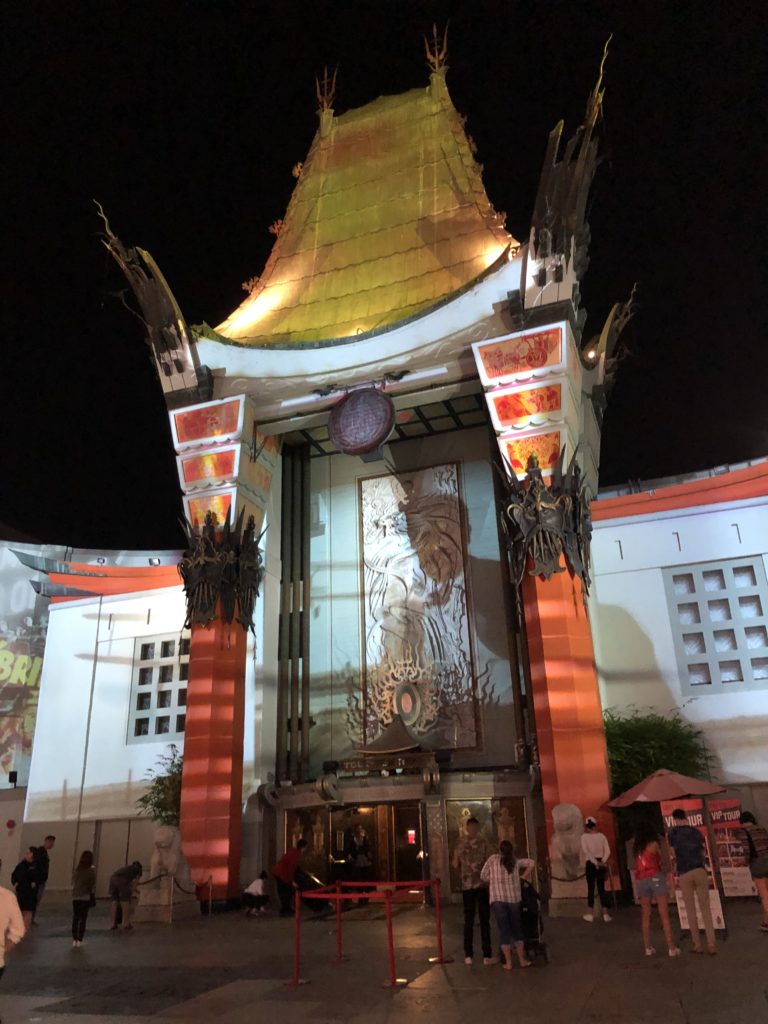
The whole area was a-buzz with neon lights and tourists snapping photos. We found ourselves back on Hollywood Boulevard during the day a few days later, and it was even busier. Some of these handprints go back to 1929.
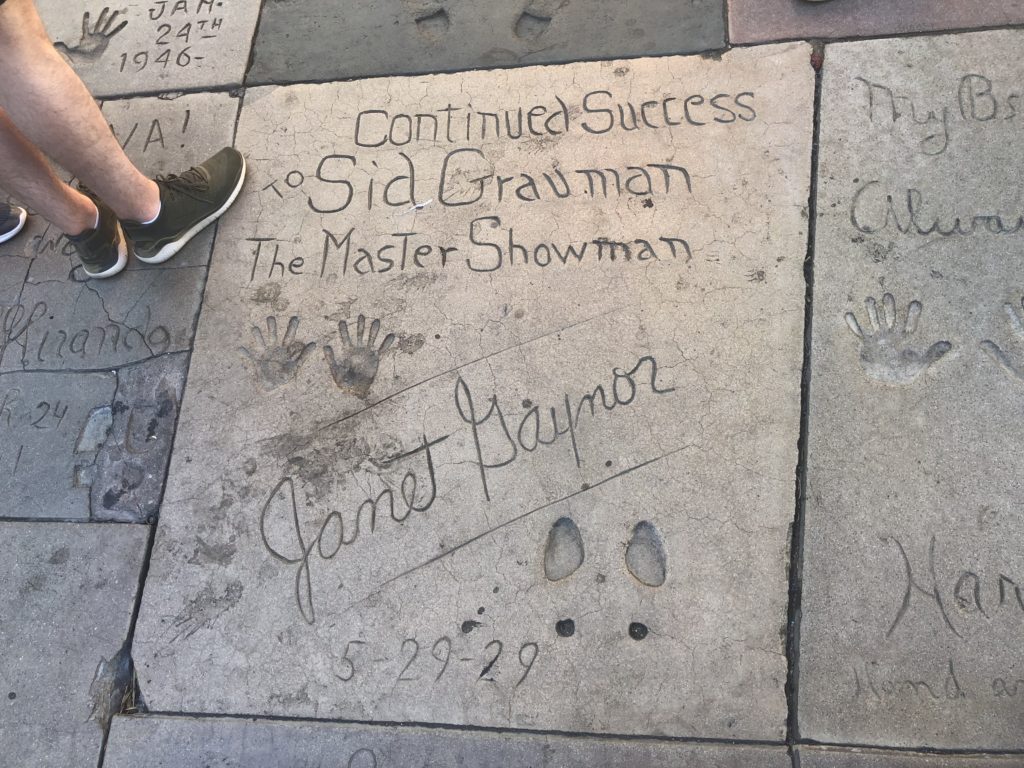
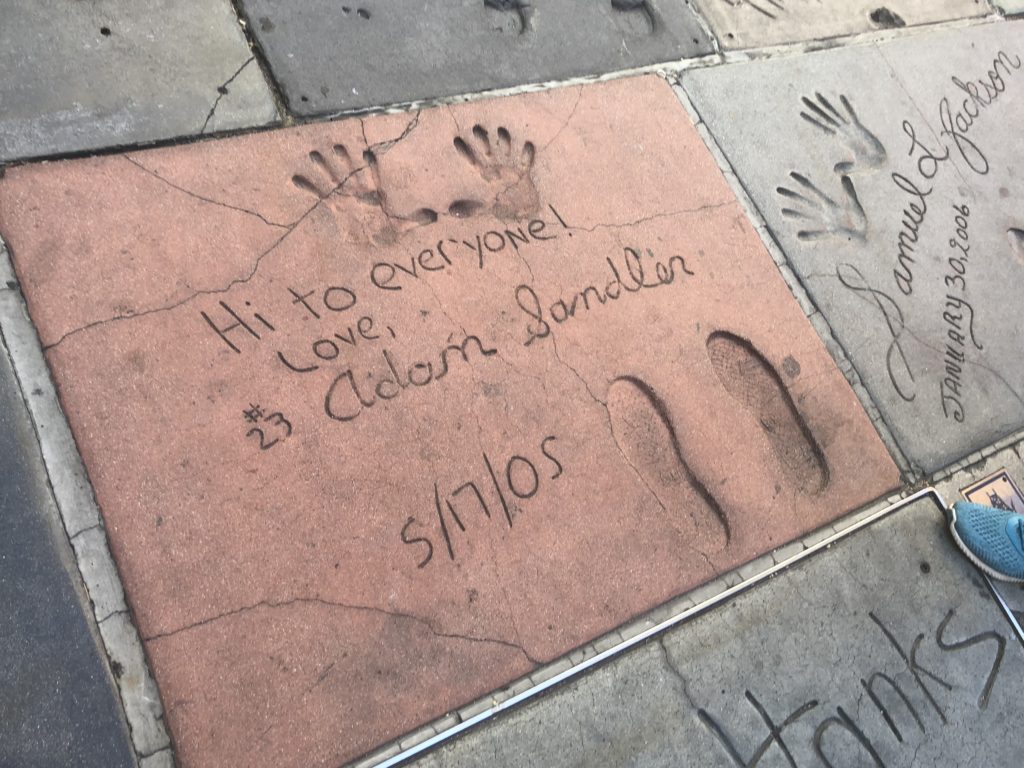
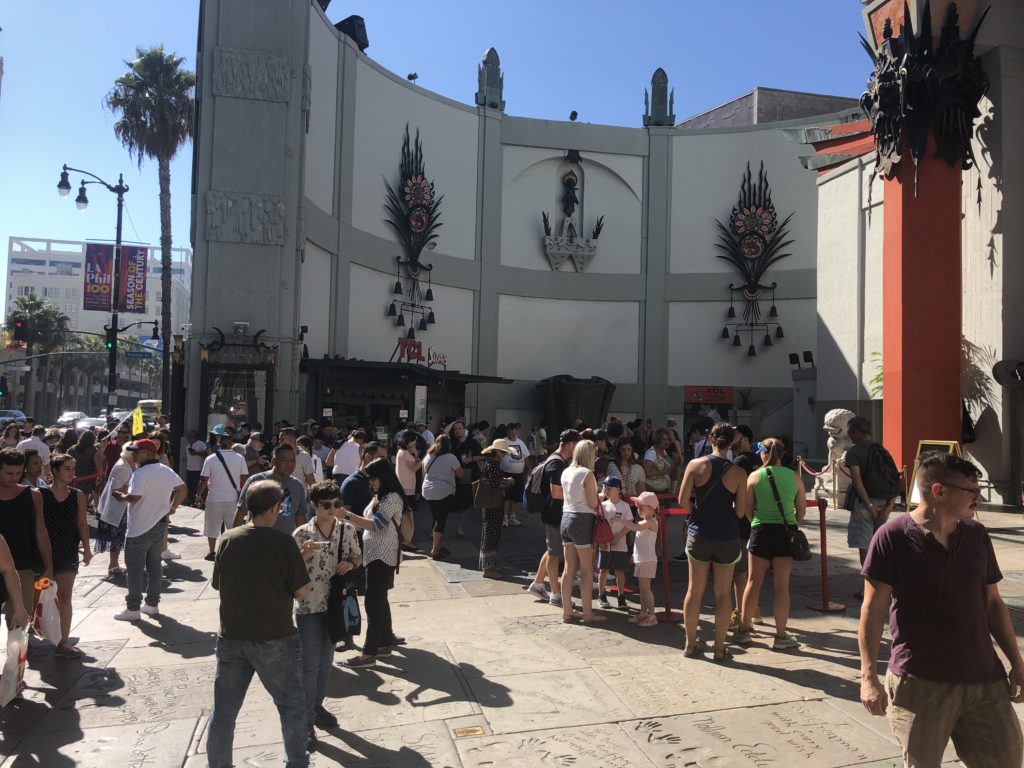
Another theatre dating back to the 1920s, El Capitan, is located across the road from the Dolby. It was originally a live theatre hosting plays and other productions, but shifted to film in the 1940s. It’s now owned by Disney and is often the site for the latest Walt Disney premiere. Next door is the home of ABC’s (also Disney) late night talk show “Jimmy Kimmel Live”.
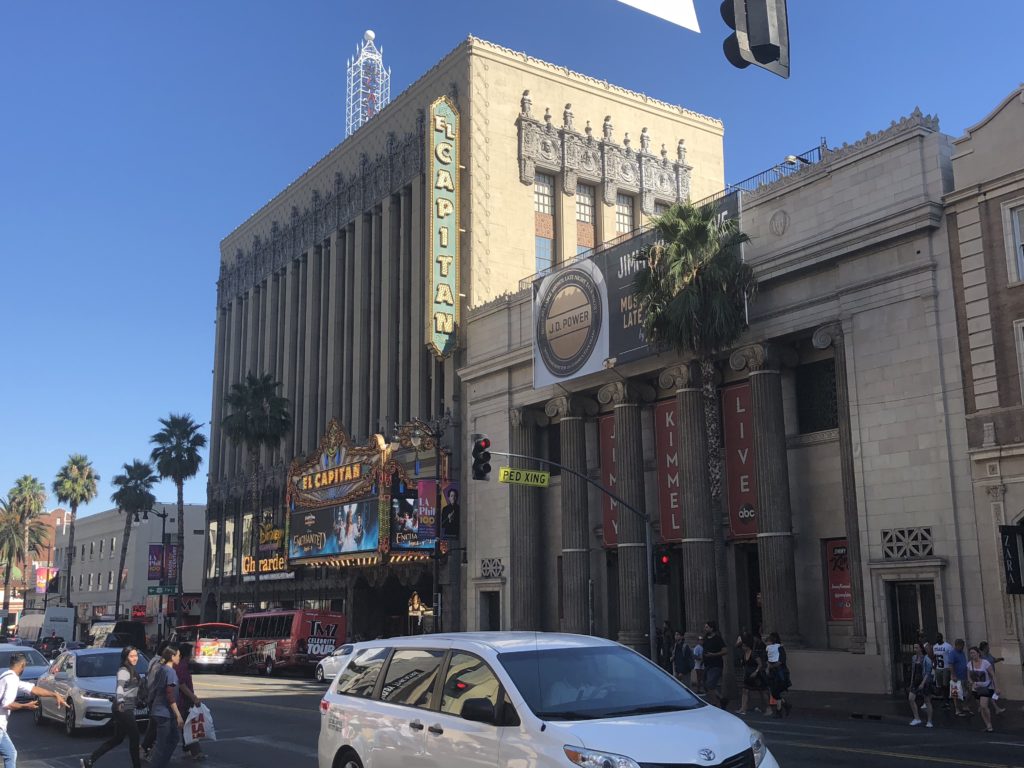
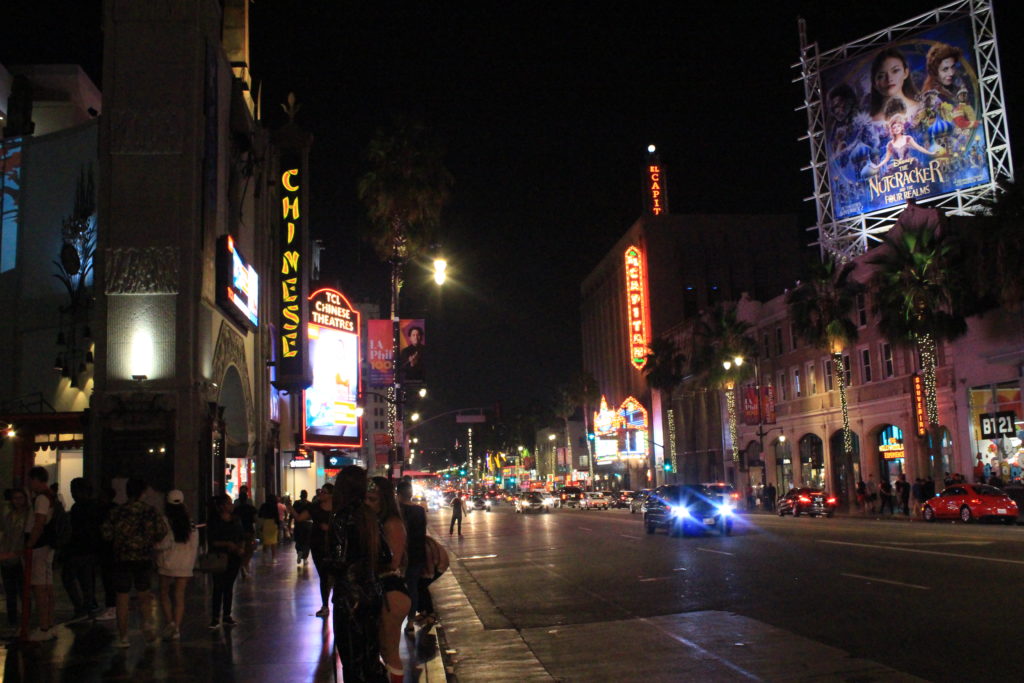
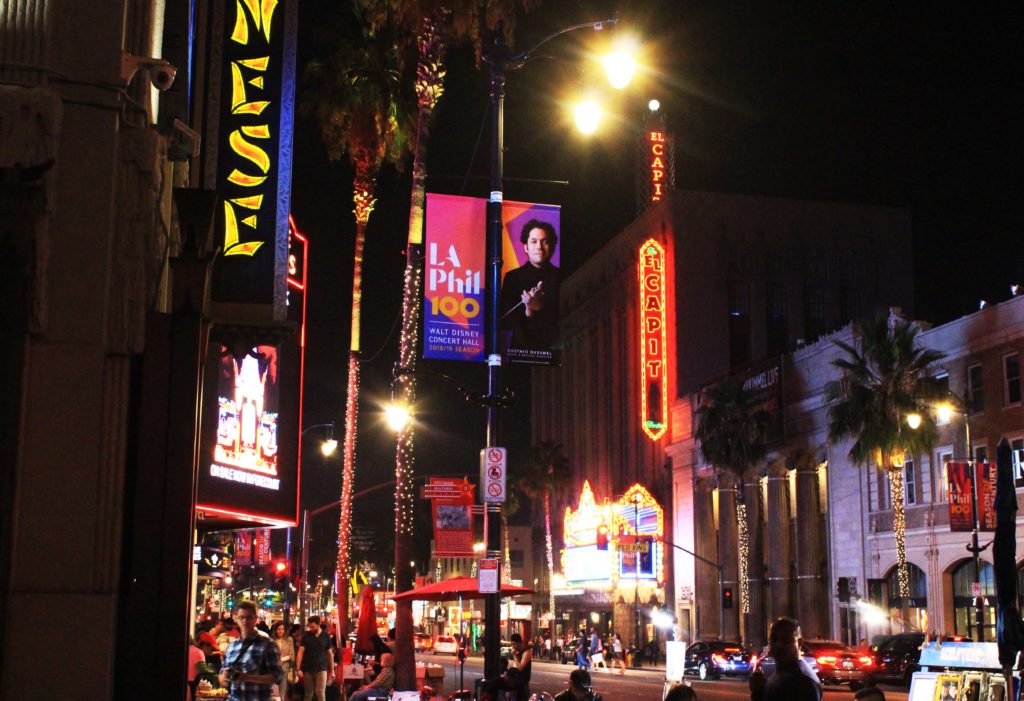
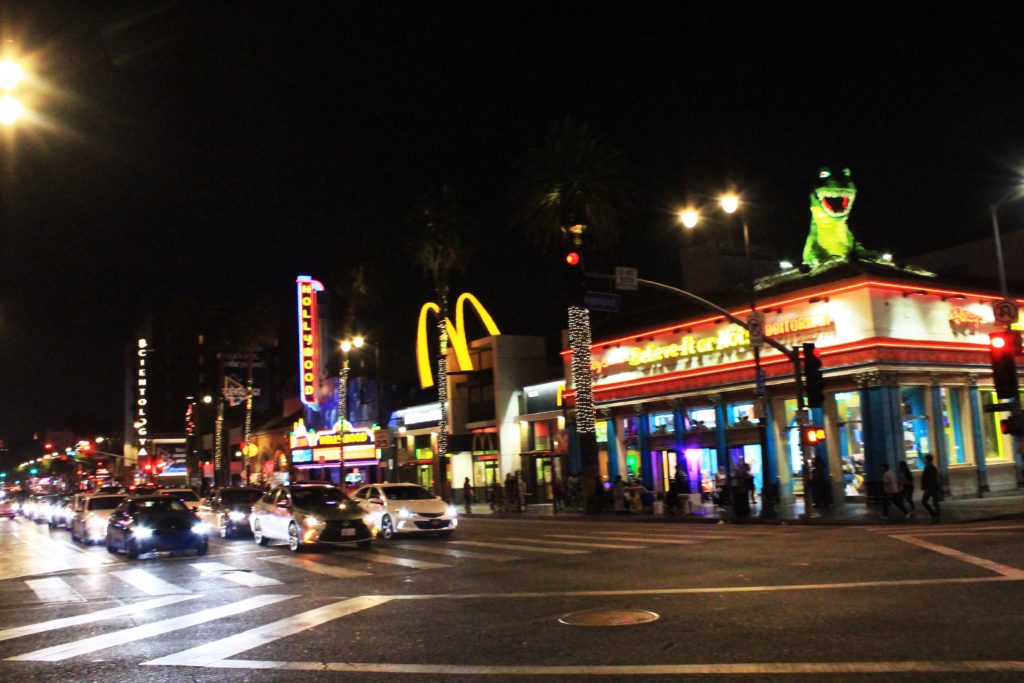
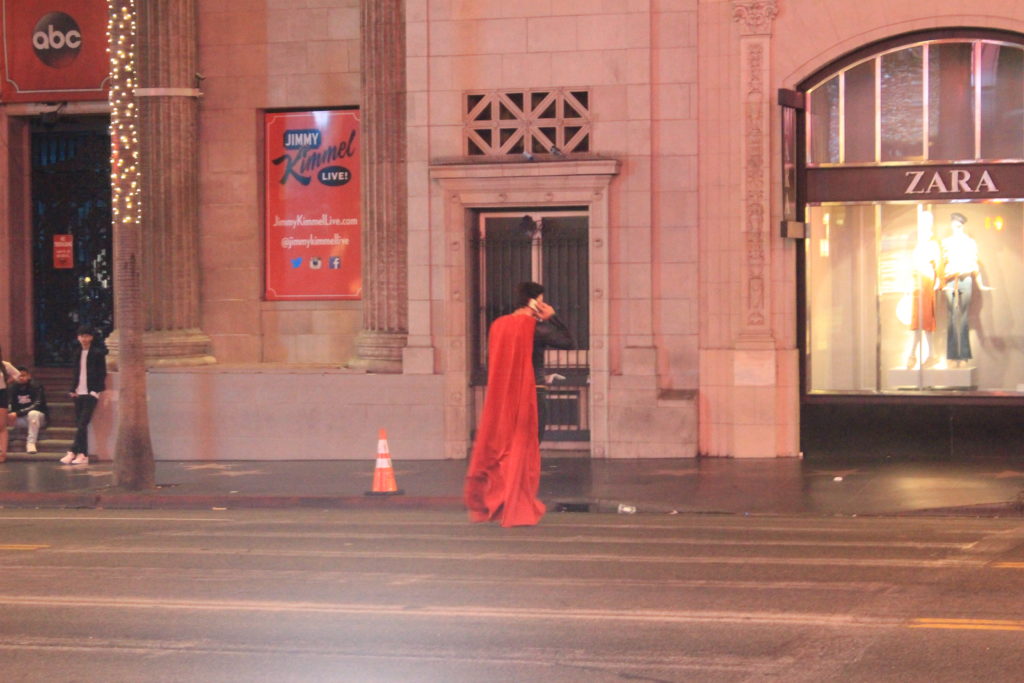
Not far away, set against Mount Lee in the Hollywood Hills is the famous Hollywood sign. The letters are 14 metres high and stretch across over 100 metres. It’s actually part of Griffith Park. The sign was originally an advertisement for a local real estate development called “Hollywoodland”. But people liked it, so they chopped off the “land” part, and kept it up as a symbol of the district. As the original sign was only meant to stand for about 18 months, the letters have been replaced from time to time. They were all permanently replaced in 1978 with nine different celebrities and business people each chipping in for a letter.
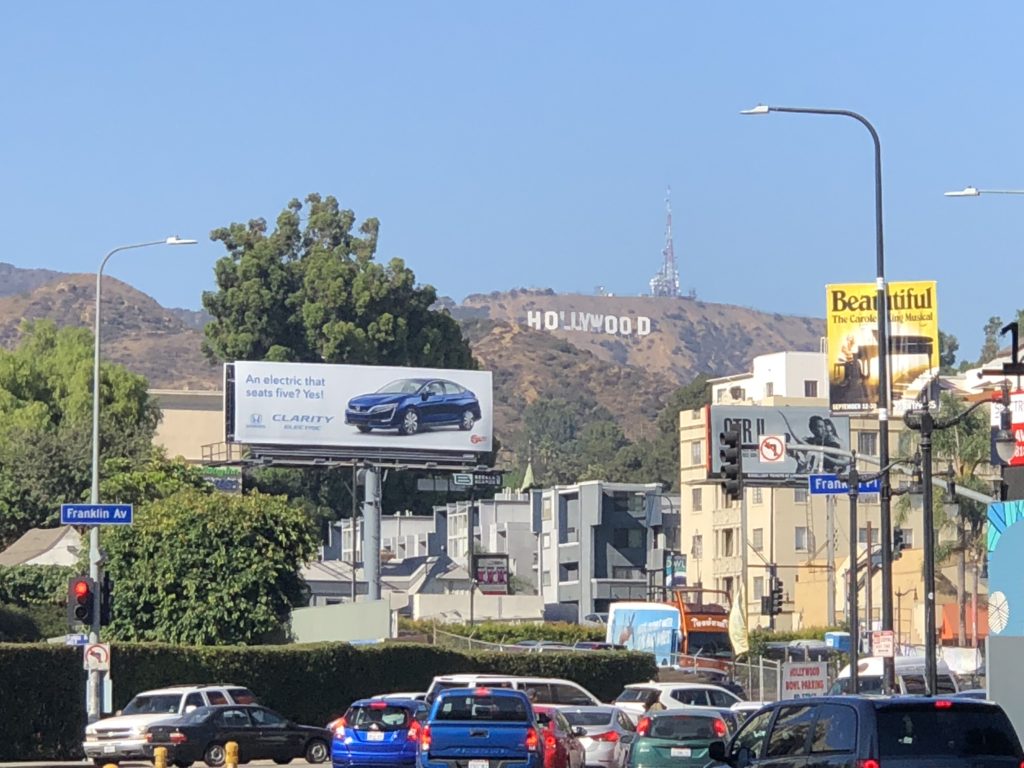
We had only scratched the surface of LA. We spent about a week at a good friend’s place in the trendy West Hollywood area – all revealed in the upcoming Episode Two, stay tuned…

